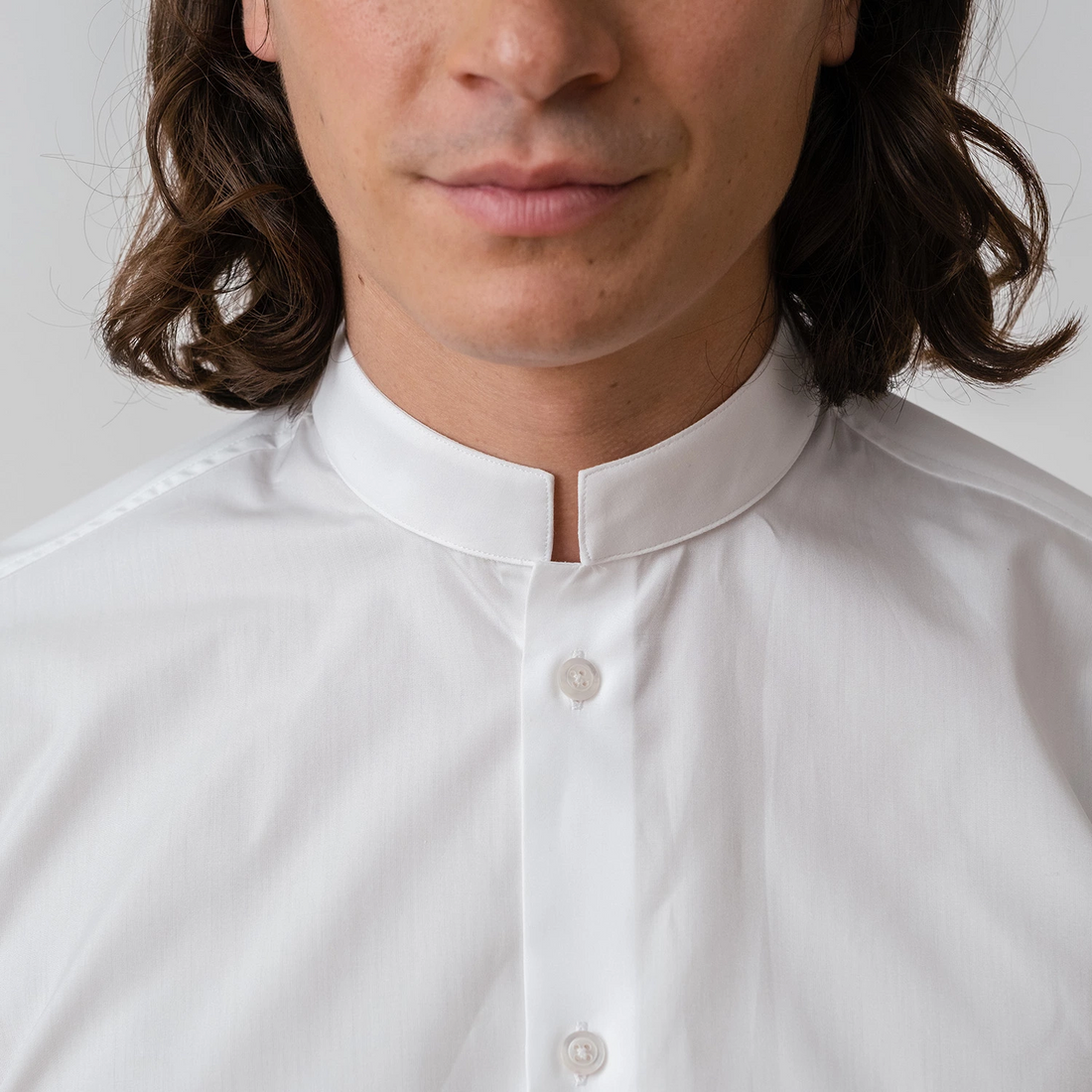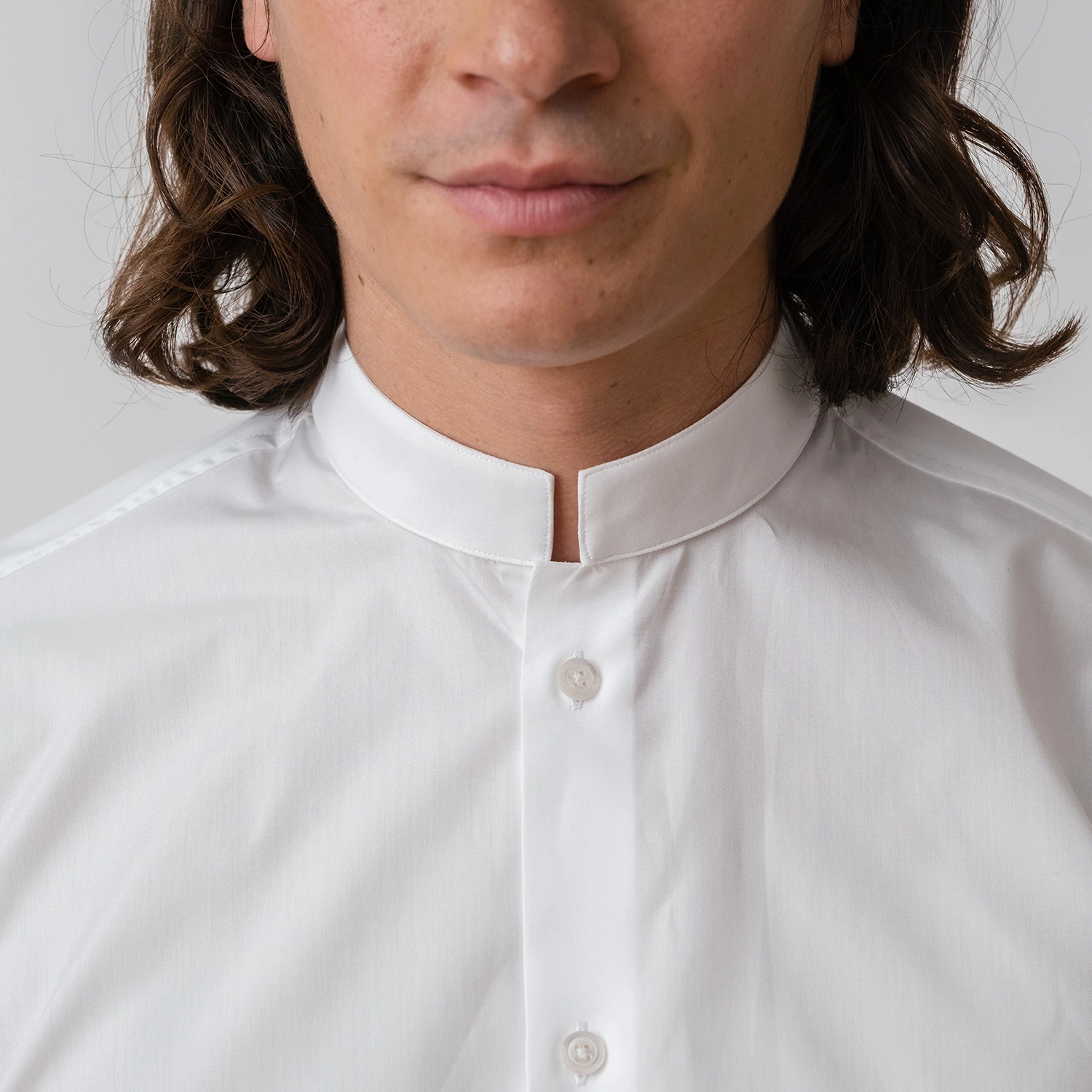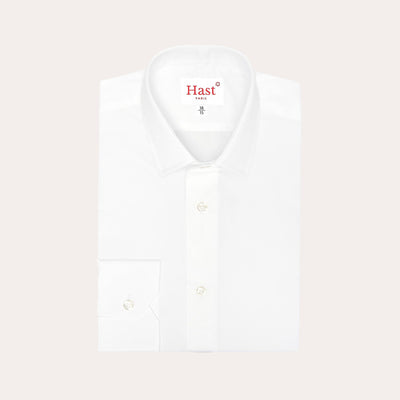Whether it arouses confusion, dazzle or controversy, the Mao collar leaves no one indifferent. Sometimes confused, often applauded, regularly contested, it is undeniably among the most elegant attributes of the men's wardrobe. And the most contentious.
With today's article, we invite you to take stock of this beautiful oddity: an exciting pass heavily loaded with history.
The origins of the Mao collar
To find Col Mao's birth certificate, we must go back to the last Chinese imperial dynasty: the Qing. Of Manchu origin, she reigned over China from 1644 to 1912, gradually imposing her cultural practices and dress codes. At Court, the qipao is, for example, appropriate for women. Long and loose dress with full coverage, it was adorned with a high split collar in which we can easily see the ancestor of the Mao collar.
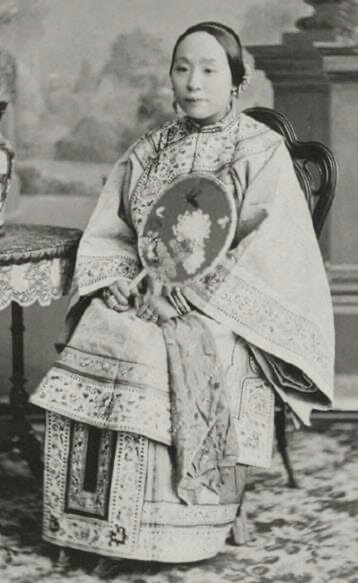
Modernized and relaxed by Shanghainese fashion of the 1920s, the qipao shortens and approaches the body under the name of Changshan , while retaining its famous Mandarin Pass. By accompanying the first years of the Republic of China, it embodies a clever blend of tradition and modernity, becoming the symbol of Chinese elegance.
In 1932, director Josef von Sternberg's "Shanghai Express" introduced him to Western audiences on the shoulders of Anna May Wong, which largely contributed to forging his legend in Europe and America.
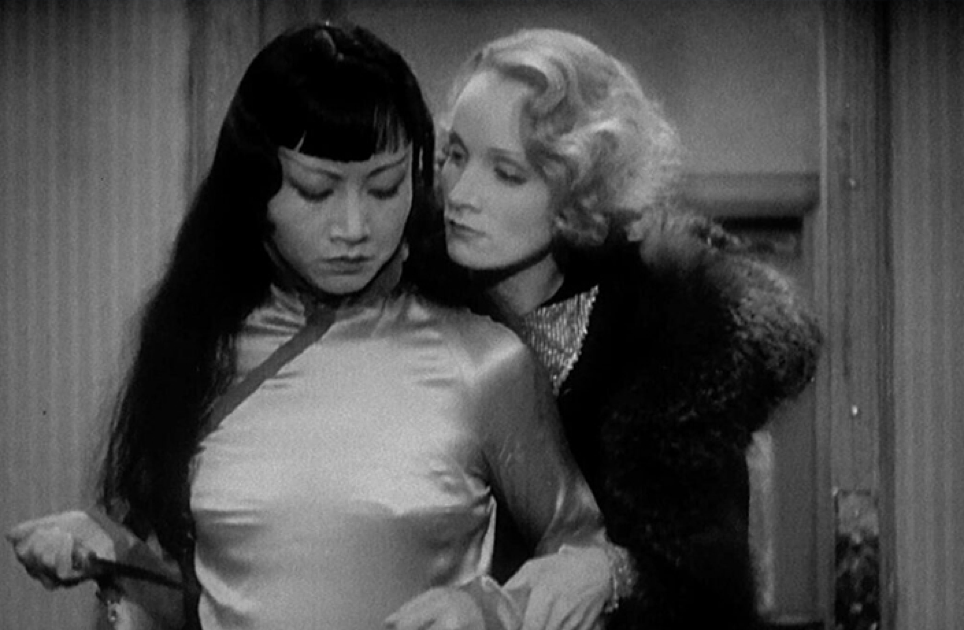
Finally, it was only in the middle of the last century that the Mandarin collar unofficially became “Mao collar” ; direct reference to the dictator Mao Zedong, founder of the tyrannical People's Republic of China in 1949. Legend claims that the communist leader, a fan of traditional split collars, would have decided to put them on his military uniforms.
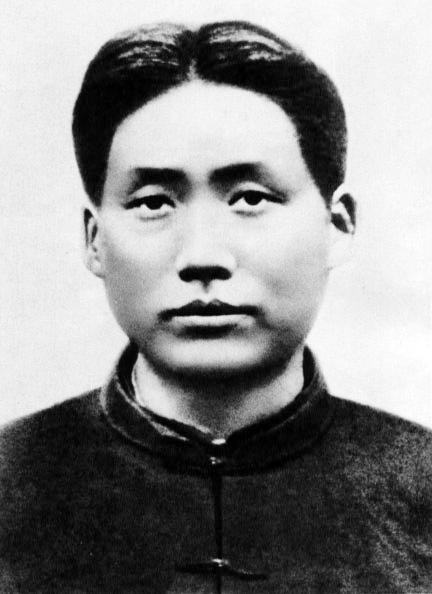
Ironically, it is he himself who will ban the qipao in 1966, considered decadent and too westernized. Furthermore, photographs showing the despot wearing the collar bearing his name are quite rare after he took power, while they abound before 1949.
The name has stuck, even if it remains associated with one of the greatest mass murderers in the history of Humanity. As a reminder, the Maoist cultural revolution and its “Great Leap” policy caused the death of tens of millions of individuals, between 30 and 80 depending on the sources.
In France, this name found itself consecrated by the famous Jack Lang controversy. On April 17, 1985, the Minister of Culture appeared in the Hemicycle for a session of Questions to the Government dressed in a Mugler suit with a Mao collar. Between mockery and protests, the controversy swells and the term definitively enters into common practice.
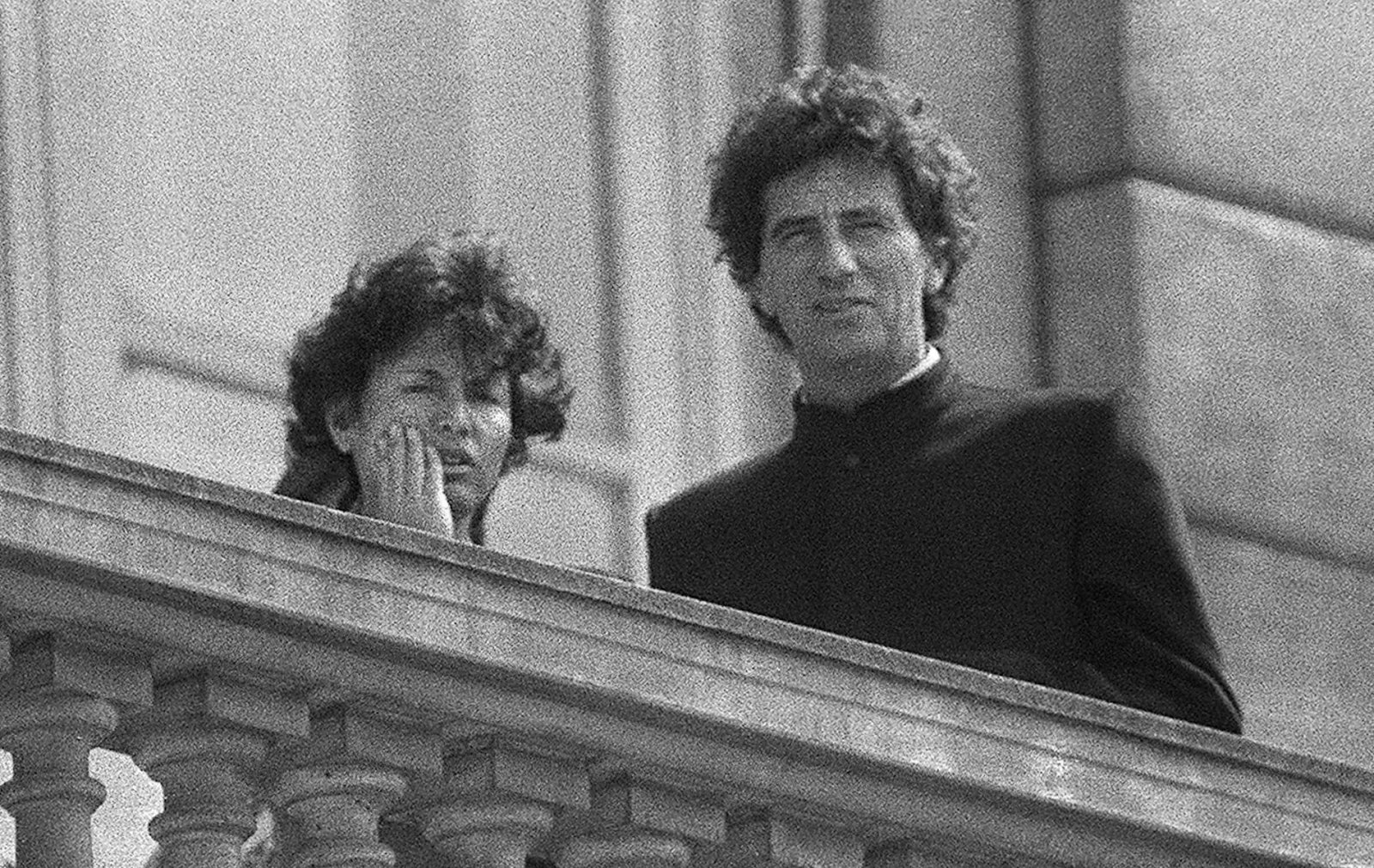
The architecture of Col Mao
Cousin of officer collar , with which it is frequently confused, the Mao collar differs in that it is not buttoned. Both stand out for their minimalism due to the absence of a flap, but the first displays a buttonhole while the second does not. Also, the ends of the officer collar overlap while those at Col Mao keep their distance (or hug at most).
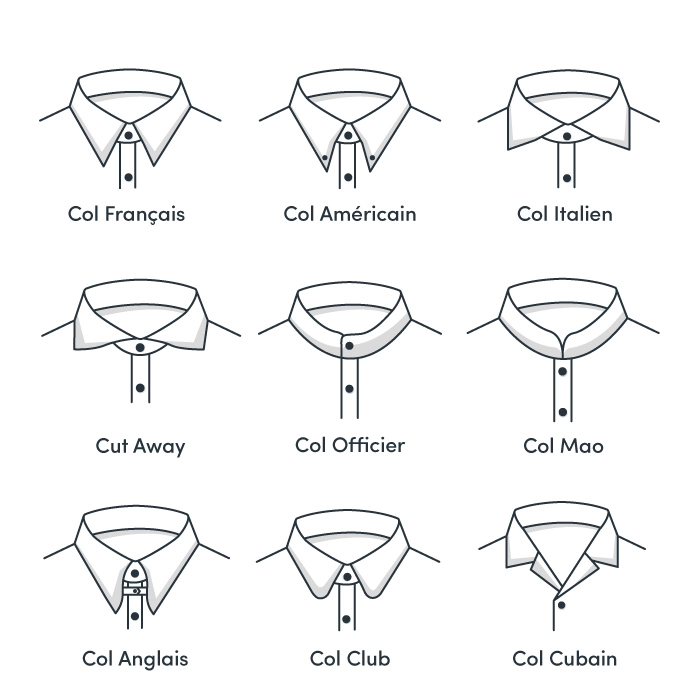
On this infographic created by our colleagues at BonneGueule, you will easily perceive this nuance which makes all the difference. Likewise, you will notice that this pair of collars is the only one that is not “dropped”, that is to say equipped with panels intended to accommodate a tie.
The Mao collar according to Hast
Simple and sober, the Mao collar is a model of discreet elegance. A worthy heir to the decorative figures that have adorned traditional dresses and Asian kimonos for centuries, Today it crowns shirts with refined charm. Although it is not common in the streets, we wanted to include a reference to it in our wardrobe, for the love of its modest and singular design.
By respecting its historical codes and ensuring that it is adapted to contemporary requirements, we have created a Mao collar according to the rules of the art. Choice of height, calculation of the opening, accuracy of proportions, construction of the foot, care of assembly: every detail has been studied, aware as we are that such a bare collar cannot shine without extreme precision.
An assumed minimalism
If there is a pass that can make the aphorism its own “less is more” , that’s it. Unlike drop collars whose length and design of the sides can be confusing, the Mao model is a positively timeless basic. After half a millennium of reign, he is still present and very present, approaching the next 500 years with elegance and serenity.
Climb on a white shirt in double-twisted poplin , ours plays the card of absolute classicism , combining purity of lines and rigor of the cut. A work of goldsmith serving incomparable refinement.
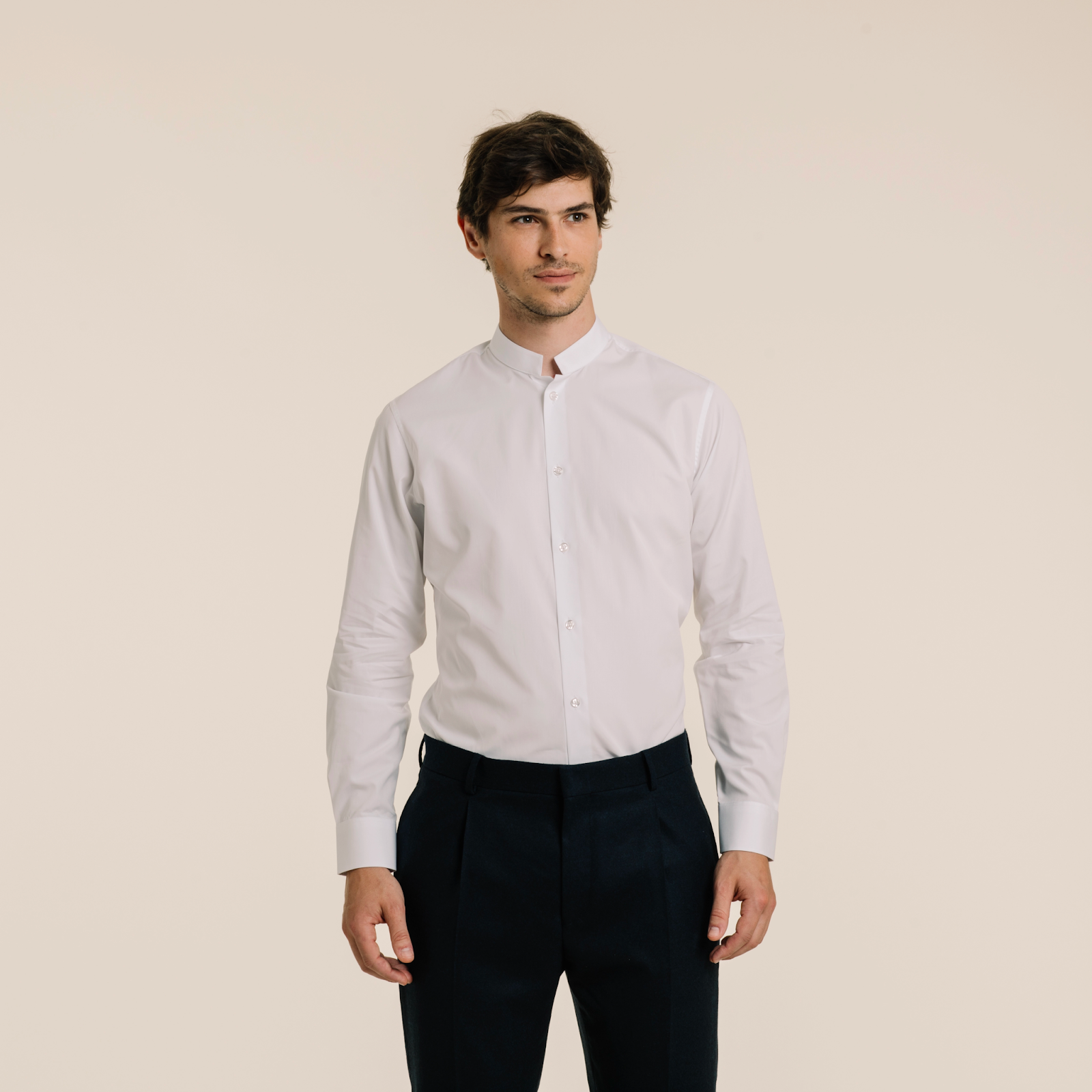
The sense of proportion
The finesse and simplicity of the Mao collar come at the price of a relative complexity in the way it is combined. While it goes without saying that he will tolerate neither a tie nor a bow tie, it is equally true that he will prefer to maintain a monopoly on the neck. In other words, avoid cornering it by cluttering it up with a round-neck sweater (which would instantly turn you into a clergyman), a V-neck or an overshirt.
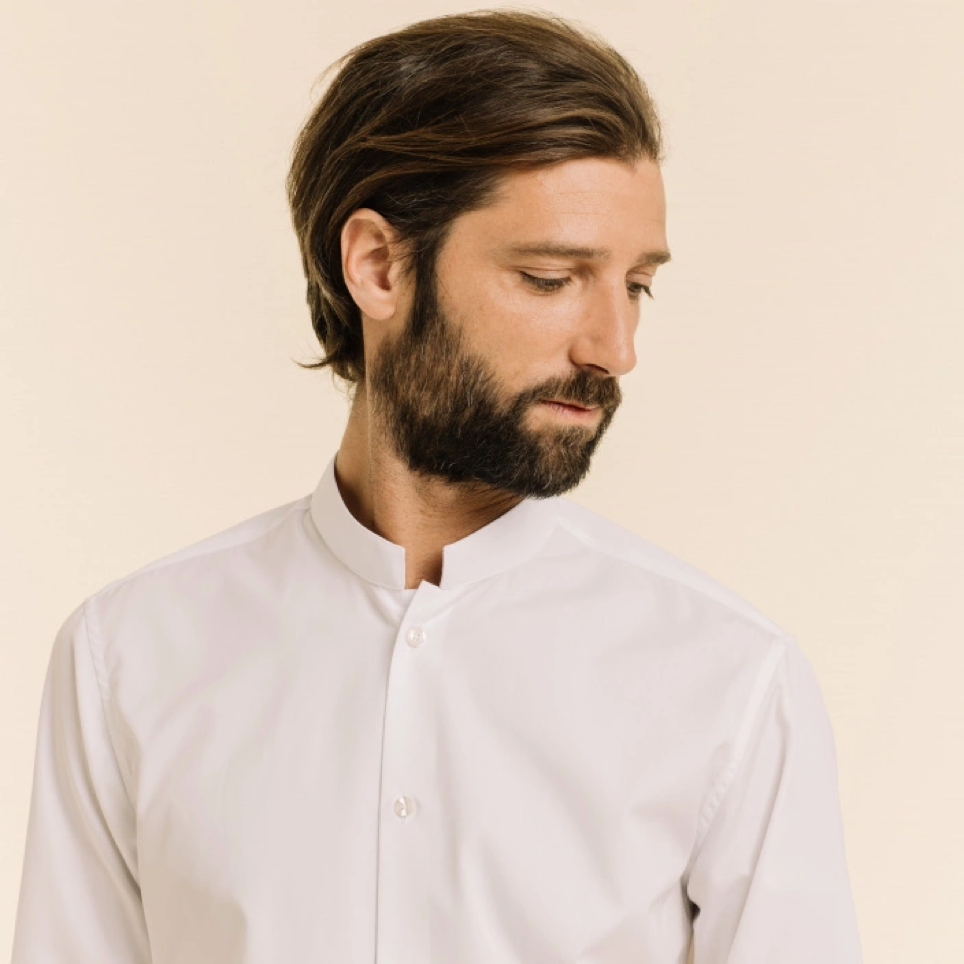
The Mao collar is visually strong and sufficiently marks the throat, which is why we advise you to combine your shirt with a blazer or a suit if you don't wear it alone. The contrast between its atypical line and the neckline of a jacket will balance the whole while accommodating the registers.
In some cases, the work jacket or suit can also be considered, provided it is worn open at bust level.
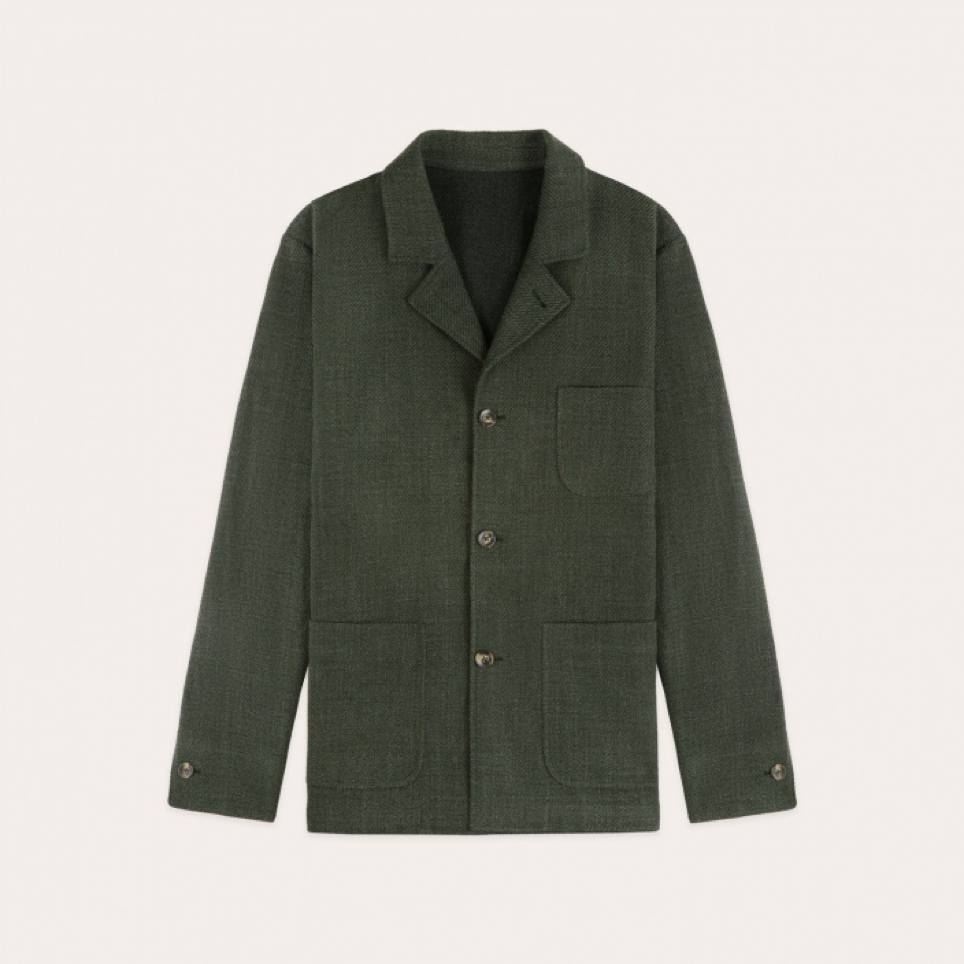
The final word
Having fallen into everyday language, the name “Mao Pass” is today known and shared; most often in complete ignorance of his link with the dictator who gave him his name. While we prefer the term “Mandarin Pass” for obvious reasons, we use the reference to Mao here for the sake of clarity and intelligibility.
Above all, we prefer to see it as a vestige of the rich Chinese culture than a political emblem, this collar sublimating the qipao several centuries before the “Grand Helmsman” fell under its spell.
At Hast, the Mao collar is not bothered by these considerations: it does not adorn our white poplin shirt only to magnify it, more discreetly than other models but just as royally.
